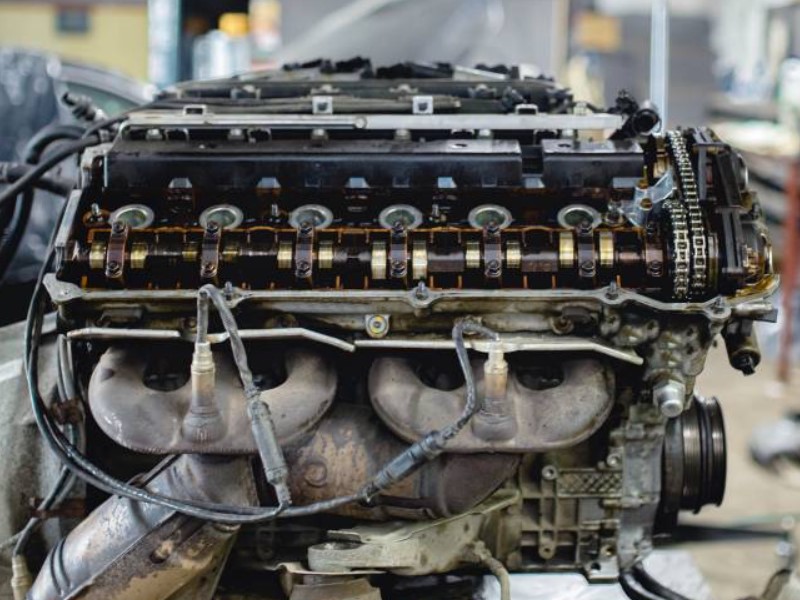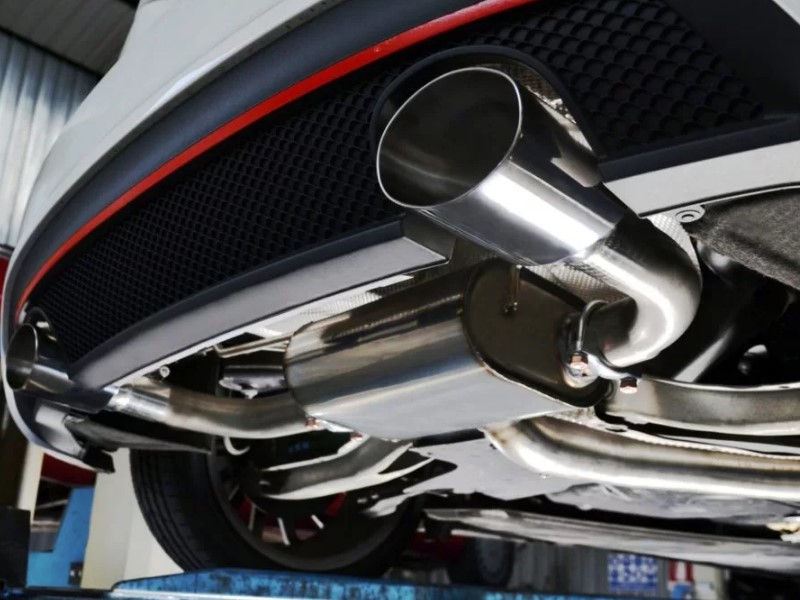No one brags about their EGR valve at a car meet. No one lifts their hood and says, “Check out this sweet exhaust gas recirculation setup!” But maybe they should. While it won’t win any beauty contests, this small, overlooked component is a clever bit of engineering that helps your engine run cleaner and more efficiently.
Let’s face it: most of us don’t even think about emissions systems until a dashboard light throws a tantrum. But the Exhaust Gas Recirculation valve, if we’re getting formal, deserves a little more love. It quietly reroutes some of your exhaust gases back into the engine. Why? To lower combustion temperatures and reduce nitrogen oxide emissions. It’s like inviting a little smoke back to the barbecue just to keep things from getting too hot.
Table of Contents:
A Tiny Valve with a Big Job
The EGR valve sits between the exhaust and intake manifolds, acting like a traffic cop for exhaust gases. It opens and closes based on engine load, temperature, and speed. At idle? Closed. Under moderate acceleration? Open. Full throttle? Nope, closed again. It’s all about balance.

When functioning properly, the valve helps improve fuel economy and reduces those nasty NOx emissions that make environmentalists cringe. If it fails, though? Say hello to rough idling, poor acceleration, and that dreaded check engine light. It’s like the engine has a tiny existential crisis every time it tries to start.
Symptoms of a Grumpy EGR Valve
Here’s the kicker—most drivers only learn about the valve when it starts acting up. Suddenly, the engine is stalling at stoplights or gas mileage takes a nosedive. Mechanics see it all the time: carbon buildup causing the valve to stick or a sensor going rogue and sending mixed messages to the ECU.
Sometimes, drivers think the transmission is the problem or even start shopping for a new car. But often, all it takes is a cleaning or a relatively inexpensive replacement of the EGR valve to bring things back to life. It’s the automotive equivalent of clearing your throat after a long nap.
The EGR Valve’s Green Credentials
For gearheads who care about the planet (they do exist!), the valve is a vital player in keeping emissions down. By recirculating exhaust gases, it lowers the combustion temperature and reduces the formation of harmful gases. This isn’t just good for passing emissions tests—it’s good for everyone’s lungs.
Sure, hybrid and electric cars are the darlings of the clean vehicle world, but even in traditional engines, small things like the EGR valve are fighting the good fight behind the scenes.
Give the Valve Some Respect
So next time you’re under the hood—or more likely, paying someone else to be—spare a thought for the humble EGR valve. It’s not flashy. It doesn’t add horsepower. But it’s doing an important job every time you drive. It’s the unsung hero of cleaner combustion, reduced emissions, and engines that don’t overheat from their own ambition.
And while no one’s ever made a T-shirt that says “Team EGR,” maybe it’s time someone did.
Similar Posts From The Same Category:
- Guide to Choosing the Best Car Parts Online Store
- The Basics of DPF Filter
- Signs of Leaks in a Valve Cover Gasket
- How to Use a Hail Cover for Car
- Quick Guide to Roof Bars and Racks








